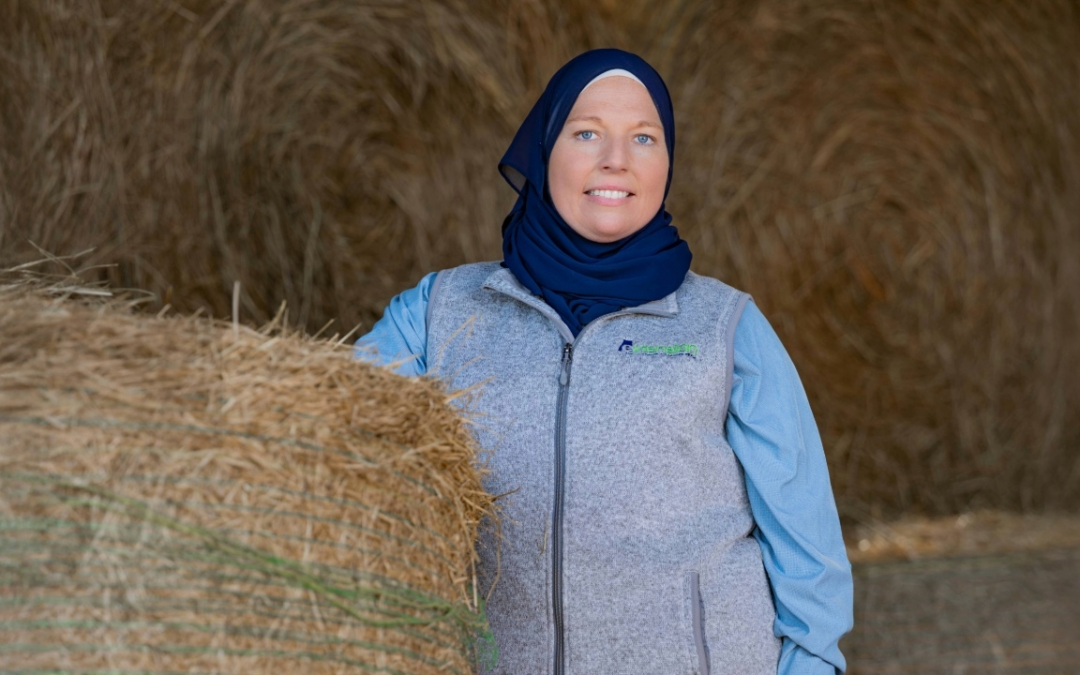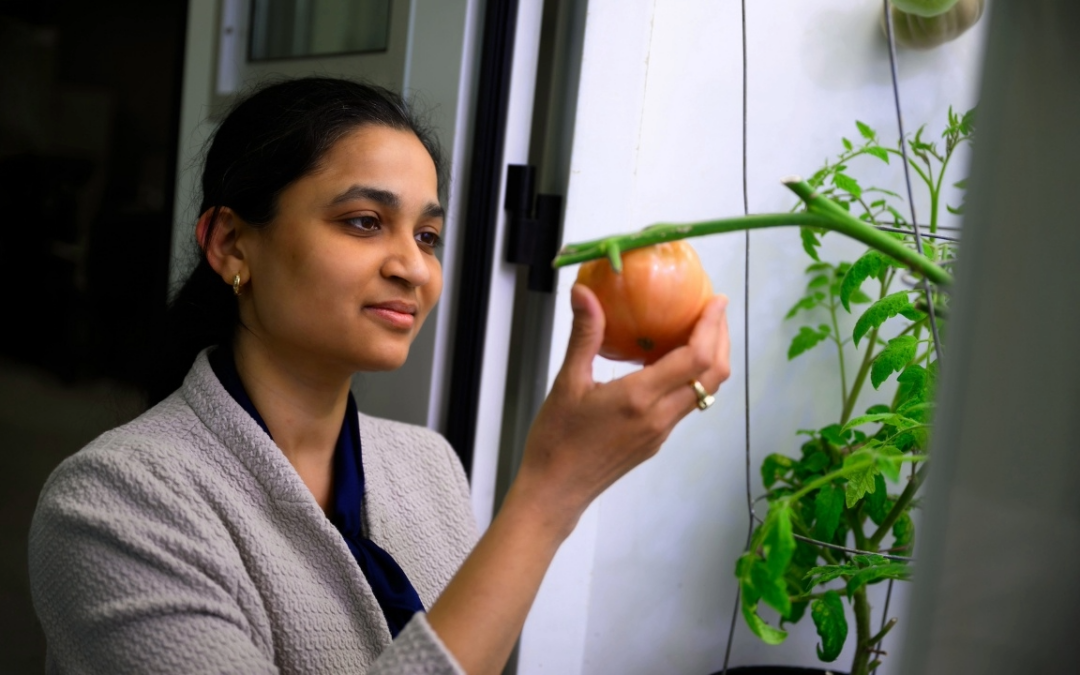
Greg Pate, director of the E.V. Smith Research Center in central Alabama, says a new AAES high yield initiative will be focusing on cost efficiency as well as maximum production.
Part 2
by PAUL HOLLIS
While crops research being conducted by the Alabama Agricultural Experiment Station (AAES) is attempting to attain high yields with maximum inputs, economics also are being considered, with an eye toward ensuring cost efficiency for farmers.
“We want to make top yields—and we’ll be using maximum inputs to do so—but we also want to insure that it doesn’t become cost inefficient. If a soil is capable of making only 300 bushels per acre, there’s no sense in spending money to make 350 bushels,” says Greg Pate, director of the E.V. Smith Research Center at Shorter in central Alabama.
Pate’s research center, along with others in north Alabama and on the Gulf Coast, are part of a multi-year research project that will integrate all aspects of crop production to achieve maximum yields. All three locations—representing different geographies and soil types—will conduct similar trials.
Pate, with his counterparts at AAES facilities in Alabama’s Tennessee Valley and on the Gulf Coast, have embarked on a multi-year research project that will integrate all aspects of crop production to achieve maximum yields. All three locations will have the same tests, across different geographies and soil types.
While maximizing inputs during a time of chronically low commodity prices might be a hard sale to farmers, the high-yield initiative will provide valuable recommendations, said Malcomb Pegues, director of the Gulf Coast Research & Extension Center in Fairhope.
“If we can show what it takes to make the highest yields, then maybe producers will see how they can improve their production practices or learn about techniques to make them more efficient. The technology available today will play a major role in the future of farming, and we have to find a way to put all of this information to work,” he said.
Focusing on irrigation and precision agriculture
Two of the primary components of the AAES high-yield initiative will be irrigation and precision agriculture technologies.
Historically, the most limiting factor to crop production in Alabama has been water, and irrigation is emerging as a main focus of the experiment. Yields in the state usually average less than those in surrounding states despite Alabama’s plentiful rainfall and other water sources.
One goal of the extensive study is to recalibrate irrigation recommendations for all Alabama crops, since current guidelines are based on information from other states.
“Our producers will make 75 bushels of corn one year and 150 bushels the next,” said Pate. “It all depends on rainfall, and the best way to mitigate that is with irrigation. We’ll be using variable-rate irrigation technology in these trials, along with soil moisture sensors so we don’t over-apply.”
The center pivot in the study at E.V. Smith irrigates approximately 50 acres, with each span covering a significant area. There will be from 3 ½ to 12 acres in each experimental block.
Cotton, corn and soybeans will be planted under each center pivot at the same time.
“We can turn the pivot off and on and change the precise rate, varying the application every two degrees of rotation and then the width of the zone,” Pate said. “We planted the fields in the arcs of the center pivots so we get perfect alignment in those zones.”
While Alabama’s Gulf Coast receives a hefty average of 65 inches of rain annually, Pegues says it doesn’t always come in a manner that’s timely for farmers in the region. “We’ll be using soil moisture sensors to help schedule irrigation and to be more efficient, but also to insure that we’re applying adequate water to the crop,” he said.
The use of precision agriculture also will be integral to the high-yield research. On the Gulf Coast, Pegues will be combining new technology with results from past experiments.
“We now have the ability to do variable-rate fertilizer applications, and we’ve installed a seeding rate control on our planter. Our goal is to utilize this technology along with yield monitor data. We’ll also use our past research on disease control to apply fungicides that will offer the best potential for yield increases,” he said.
Unmanned aircraft systems also will be utilized in the research.
“We’ll superimpose some treatments and look at everything from each layer, from the soil to the plant, what we see above it, and then correlate back to yield and other factors,” Pate said.
While the high-yield trials officially began this past fall, preparations have been ongoing since last spring.
“We planted corn on all of our acres last year because we knew we needed organic matter,” Pate said. “Our soils are silt loam or silty clay loam, and the organic matter will give us a better environment for high yields.”
Researchers will be following an intensive crop rotation for the next 10 years, providing a firm basis for the trials.
The AAES high-yield project is more than just a one-time initiative, said Dale Monks, AAES director of outlying units. “Our goal is for this higher level of management to become the norm.”
Read Part 1 of this series here.




